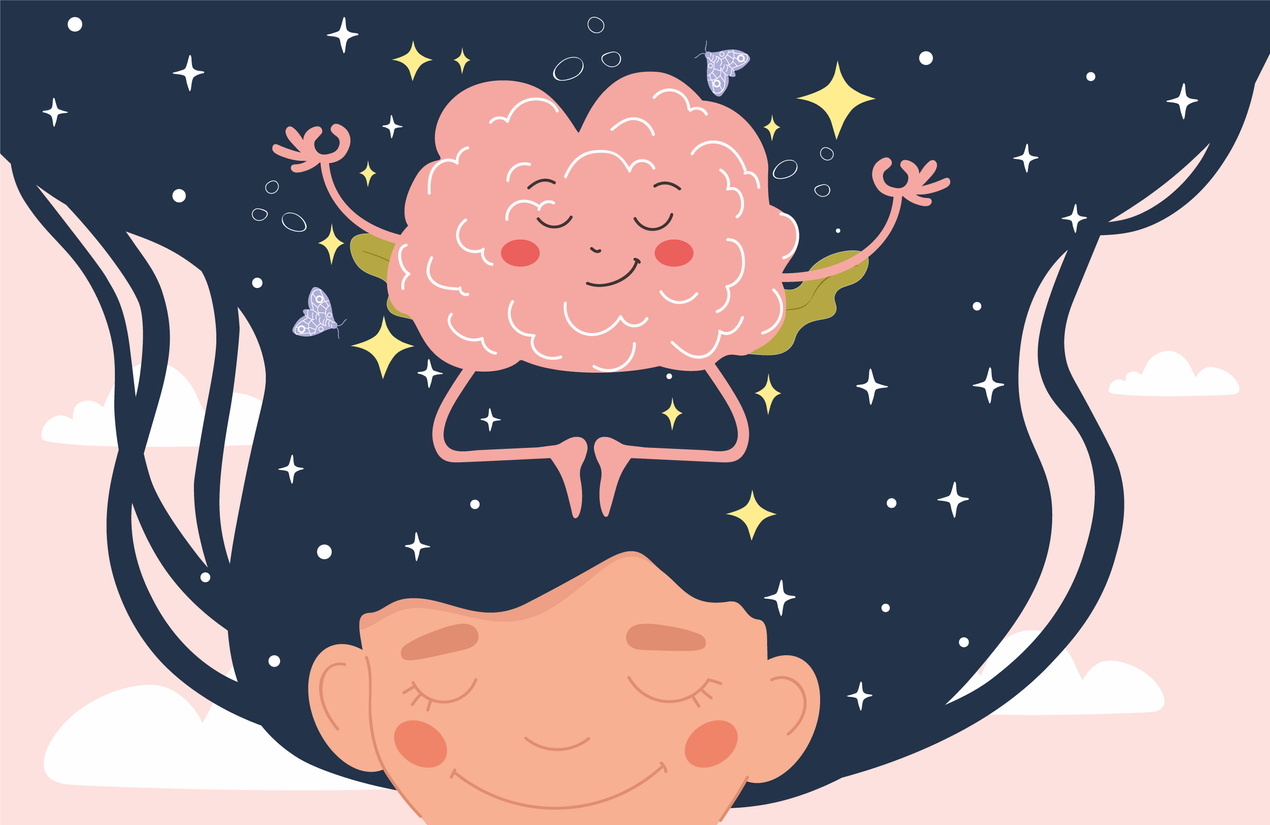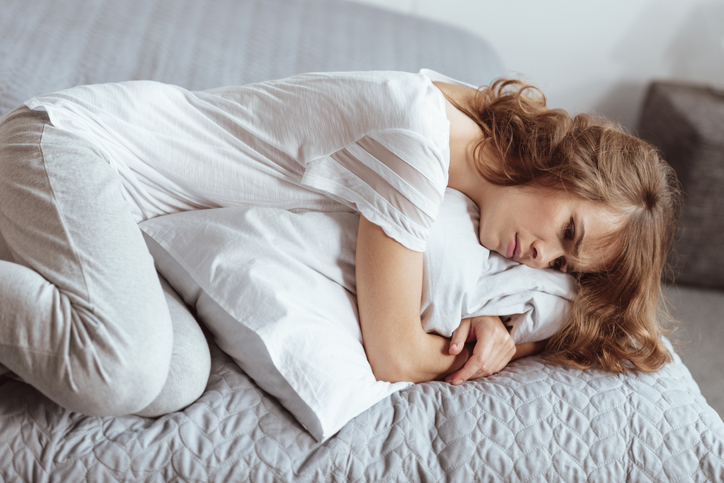Living with Chronic Pain
What Is Seasonal Affective Disorder (SAD)?

What is seasonal affective disorder?
Seasonal affective disorder, also known as SAD, is a type of depression that occurs with the changing of the seasons. For those who experience SAD, it generally begins and ends at the same time each year.
The most recognized form of SAD is winter-onset seasonal affective disorder. It’s often referred to as the “winter blues.” It typically begins in late fall and continues into the winter months. Although less common, another form of SAD, summer-onset seasonal affective disorder, typically begins in the spring and continues into the summer months. With both types of SAD, symptoms generally start out as mild and progressively become more severe during the season.
Symptoms of seasonal affective disorder
- Anxiety, depression, or sadness
- Changes in appetite
- Changes in sleep patterns
- Difficulty concentrating
- Fatigue
- Increased irritability
- Loss of interest in previously enjoyed activities
- Social withdrawal
- Weight gain or loss
- Thoughts of suicide or self-harm
Symptoms specific to winter-onset SAD
Oversleeping, weight gain, low energy, and changes in appetite, including eating more carbohydrates
Symptoms specific to summer-onset SAD
Insomnia, weight loss, poor appetite, agitation, and anxiety
Seasonal affective disorder should not be self-diagnosed. A health care professional should be consulted for a proper diagnosis.
Treatment options
Treatment options for SAD include many of the same treatment methods that are used for major depressive disorder. Antidepressant medications and cognitive behavioral therapy are valuable treatment options. Light therapy is considered a first-line treatment for winter-onset SAD.
Light therapy
Light therapy, or phototherapy, involves the use of white fluorescent light to mimic natural outdoor light. Individuals sit in front of a light box for a set time period — usually 15 to 30 minutes — within the first hour of waking. Engaging in light therapy too late in the day is not recommended as it may cause insomnia. Improvement in SAD symptoms should occur within a couple of days, and the full effect of phototherapy is achieved within two weeks. Phototherapy is not advised for individuals who have diabetes, eye problems, or who are taking certain medications as the light could cause damage to the retina. Possible side effects of phototherapy include fatigue, headaches, insomnia, or eye strain. If side effects are an issue, consulting the prescribing doctor is advised.
Risk factors
Factors that increase the risk of developing SAD include the following:
- Female gender at birth
- Young adulthood
- Personal history of major depressive disorder or bipolar depression
- Family history of depression
- Living further away from the equator (winter-onset)
Prevention tips
- Avoid alcohol.
- Eat a well-balanced diet.
- Exercise regularly.
- Engage in meditation or guided imagery.
- Maintain good sleep hygiene [Insert link to “What Is Sleep Hygiene?]
- Make an effort to socialize.
- Practice stress management.
- Spend more time outside.
- Try yoga or tai chi.
Important note:
If symptoms of seasonal affective disorder are severe or suicidal ideation or other thoughts of self harm occur, seeking support is essential.
If risk of injury is imminent, calling 911 or going to the nearest emergency room is imperative. The National Suicide Prevention Lifeline can be reached at 1-800-273-8255. Online crisis support is available at IMAlive.org.


















